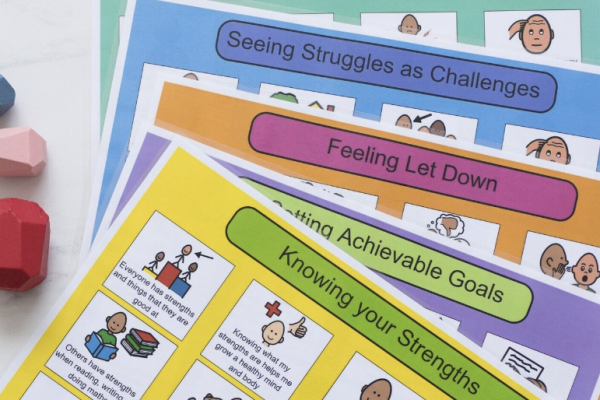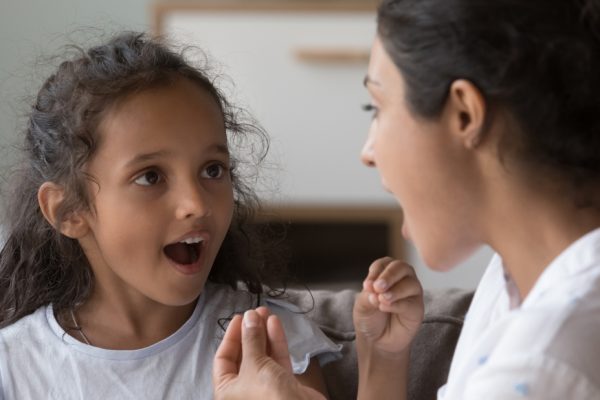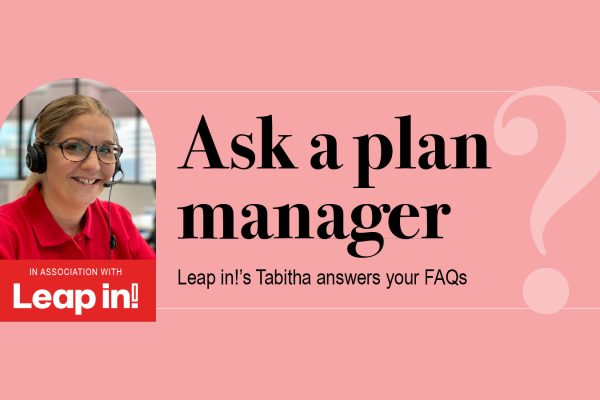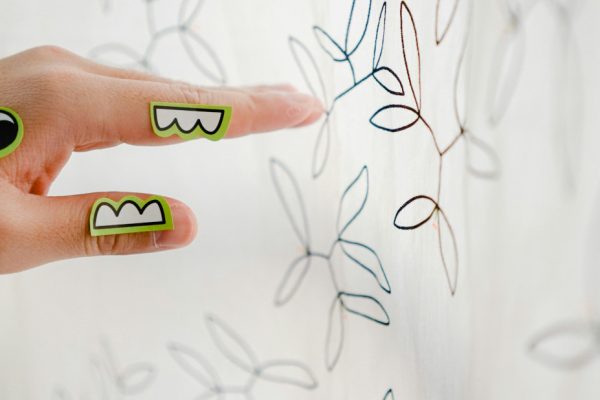
Rare disease: limb difference
By Rachel Williams
The frustration of not knowing why your child is born without an arm or part of their limb is a challenge that appears to be offset by the remarkable achievements made by the children faced with the difficulty.
That’s the consensus from one mother faced with the reality of dealing with the situation.
And, one surgeon on the frontline assisting families navigate the challenge is confident that a new research program will paint a clearer picture of the disability.
Limb difference is when a person has more or fewer than five fingers, fingers that will not bend or will not straighten, fingers that are joined together or bones in the hand or arm that are too short or missing.
It’s a reality that seven-year-old Charlotte Lachs faces.
Charlotte’s arm stops just below her left shoulder.
Mum Narelle explains that she and husband, Shaun, found out at her 13 week scan about the difference.
“She had a lot of tests for other problems including her heart but all tests came back as normal so the doctors were unsure as to why this had happened,” recalls Narelle, who is also mum to Liam (20), Max (14), Dylan (13) and Brodie (4).
“At 28 weeks the doctors were still asking to do more tests but as all of the previous tests had come back fine, I opted to not do any more.
“A few days later I went into premature labour. Charlotte was born 11 weeks early at 29 weeks weighing a tiny one kilogram. She spent eight weeks in hospital before we were allowed to bring her home three weeks before her actual due date, weighing two kilograms.
“She was amazingly healthy for being so premature. She didn’t need oxygen and thrived from the first day.
“She has had two operations to shave the bone back in her arm because the rate it is growing is faster than the muscle and tissue around it. Both times the recovery has been fine but it will need to be an ongoing thing every few years when required.”
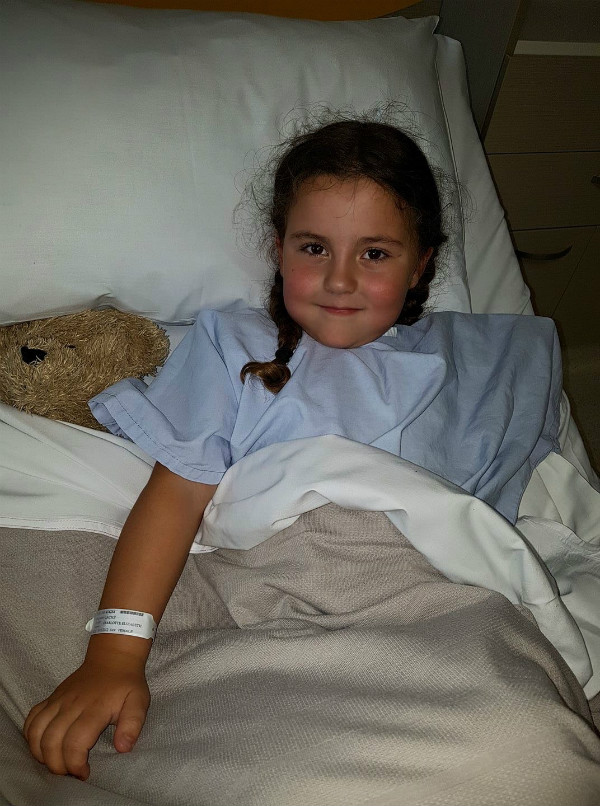
Narelle says it was frustrating not knowing why it happened.
“The doctors didn’t have any answers, so I think they just put it down to amniotic band syndrome. They think when I was pregnant early on, because I had a slight fluid leak, that it might have had something to do with it.
“I don’t think there are any answers we will get now – seeing as all her tests including genetic testing came back normal – so we just deal with what life has handed us and move forward.”
Not a lot is known about the causes and prevalence of limb differences.
In Australia it is estimated that close to 2,500 children and young people live with a limb difference – some of which have congenital differences and others who need assistance post injury.
It’s experts like Dr David McCombe who are on the front line to ensure children like Charlotte can reach their best potential under the circumstances.
Dr McCombe is a Clinical Associate Professor at the University of Melbourne and works at the Plastic and Maxillofacial Surgery Department of the Royal Children’s Hospital and Plastic, Reconstructive and Hand Surgery Unit at St. Vincent’s Hospital.
“We have a clinic at the RCH which has 4 surgeons and is run every 2 weeks and between us we see around 50-60 kids as well as the kids we see in our private offices,” Dr McCombe says.
“Given the complexity of some of the children we often need to have multiple consults to come to a plan of management.
“There is a wide range of congenital differences and each child presents their own individual challenges and while we have a number of established techniques we can use; each child requires a specific approach.
“Some of the work is pretty delicate as we are operating on very small blood vessels and nerves as we rearrange things to optimise function. We use magnification for almost all procedures and specific instrumentation for the more demanding ones.
“For the most part it is incredibly rewarding treating this group of children. Often you meet with them when they are infants and maintain a long-term relationship with them and their families and are able to see them grow and adapt.”
Narelle says that Charlotte’s plastic surgeon, Dr Paul Allcock, has been amazing.
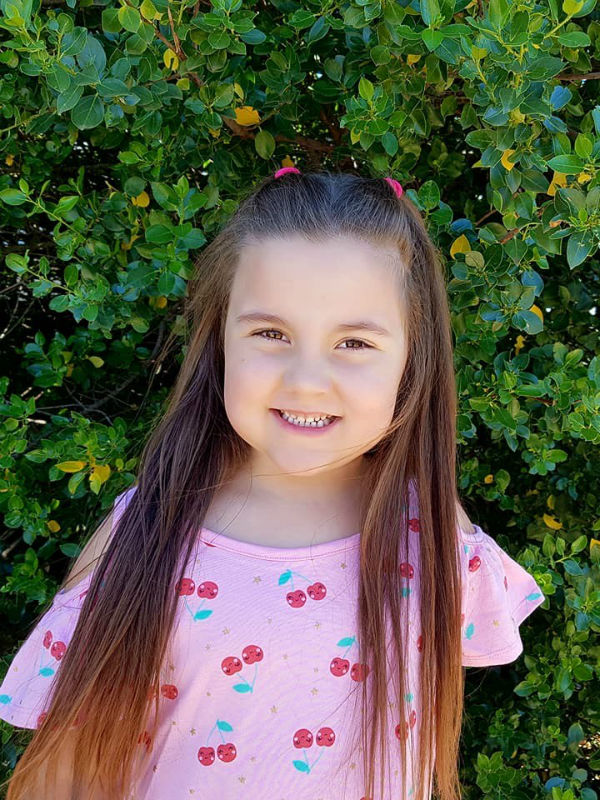
“After discussing prosthetic arms with him when she was younger, we decided against the need for a prosthesis for the time being. Because of the fact that her arm is not past the elbow he felt that a prosthetic would just get in her way. She has often said she doesn’t want one however it will be something that we look into sometime in the future,” Narelle says.
Dr McCombe confers that prosthesis’ aren’t used very often.
“In the past they have been pretty bulky and cumbersome and kids generally have preferred to cope without them. There are dramatic advances being made with technology that will make them more useful.”
Aside from the occasional emotional meltdown – which any young child has in spades anyway – Narelle says she is amazed by what her daughter can do despite her difference.
“She is very independent and will do pretty much everything her brothers and other kids do,” she explains.
“One time she found a bow and arrow toy at a friend’s house and after racking my brain to think of a way she could do it and coming up with nothing I told her that was something she probably wouldn’t be able to do and she said ‘I will just do it like this’ and went straight ahead and did it. I was blown away.
“She always proves that having one arm is not going to hold her back. She dresses herself almost all the time. She rides a 2-wheel scooter like a pro and is so proud of herself for learning to ride her bike without training wheels with no modifications to the bike.
“She can dress and undress her Barbies and baby dolls unassisted and loves to build with lego.
“She does well at the school swimming, this year she was in the most advanced learning group for kids her age in the pool.
“She loves dressing up especially for book week and Halloween and this year for her school Halloween disco she went as zombie with a plastic arm that looked like it had been ripped off her arm. It was a great confidence boost for her because everybody loved it so much and it made her feel good about herself.
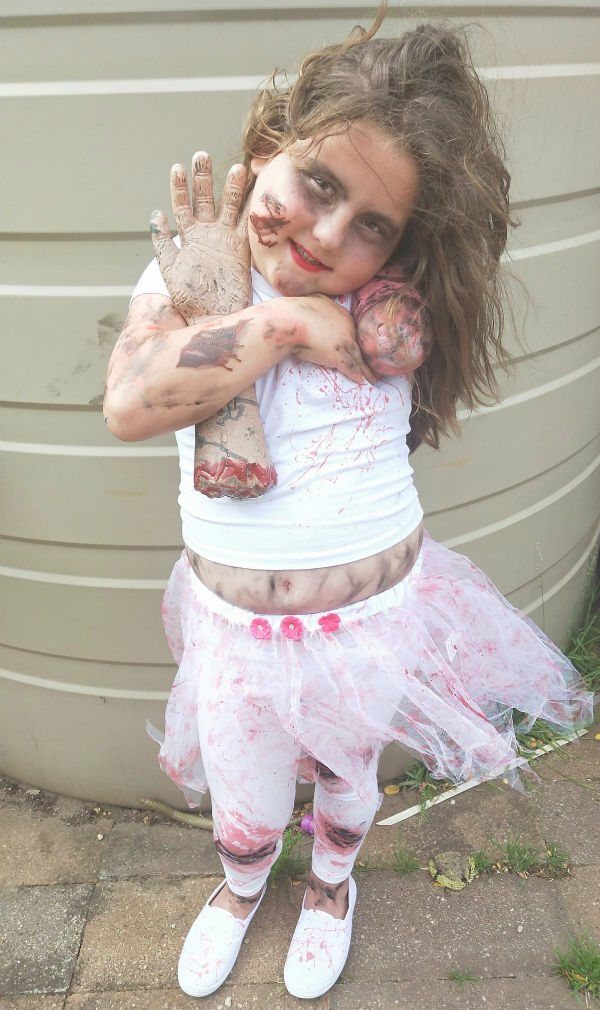

“In general, she copes really well but she does have her moments where she thinks everybody is staring at her and it makes her very self-conscious. We explain to her that everybody is different and if someone is staring at her just say ‘Hi!’.”
Narelle says bullying remains her biggest concern.
“We hope that she will have the confidence and strength to deal with it if and when it comes her way,” she says.
The family has benefited from friendships formed through national support group Limbs 4 Kids, which is an initiative from Limbs 4 Life.
She says the group they have become a part of in South Australia, has allowed them to connect with other families in a similar situation.
From bowling to a dolphin cruise, the group provides safe activities for Charlotte to participate in.
“This year is really the first year that we have reached out to others in our situation. “We tried to bring her up like she was the same as everybody else but just this year we realised that she might actually need to meet and socialise with others in the same or similar situation as her so she knew that she wasn’t alone.
“I think it has been great for her.”
Aussie Hands Foundation is another organisation providing guidance and support and also offers programs including play therapy and mentoring.
Dr McCombe is just one specialist who has teamed up with the foundation to facilitate the development of the Australian Hand Difference Register.
Perhaps surprisingly, there has been a gap in data collection for those with limb difference, with decades-old documentation still in circulation.
“While the various hand differences have been thoroughly described, classified and reclassified, and multiple operations designed for each of them the data that informs families and assists in decision-making is sparse and often historical,” Dr McCombe explains.
“It is this gap that the Australian hand difference register (AHDR) aims to fill by providing nationally collected and standardised data on incidence, demography and long-term outcomes in order to assist patients, families and treating clinicians.
“There is no tool to avoid it or prevent it at this stage. Unlike the tragedy of the morning sickness drug Thalidomide that caused limb anomalies, we don’t think that a lot of new cases are drug related or from environmental exposure. But we need to collect information to recognise patterns to give you a starting place – it will be easier to step back and look at the whole picture rather than being in the middle of the jigsaw puzzle.”
The register is managed by researchers at the Murdoch Children’s Research Institute, which is located at the Royal Children’s Hospital in Melbourne.
You can learn more about the work of Aussie Hands at www.aussiehands.org and Limbs 4 Kids via www.limbs4kids.org.au




